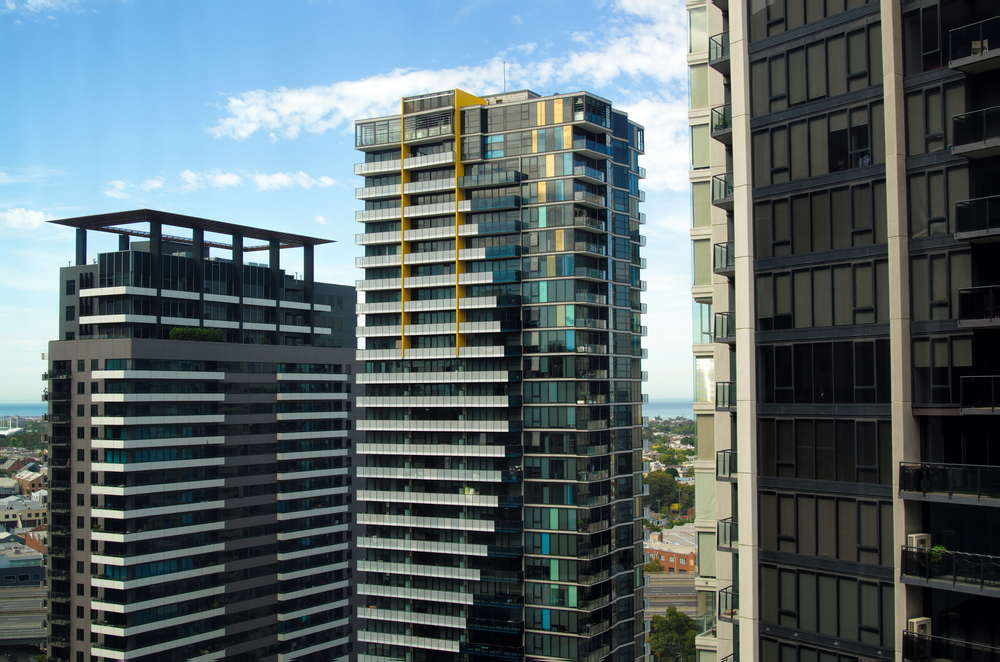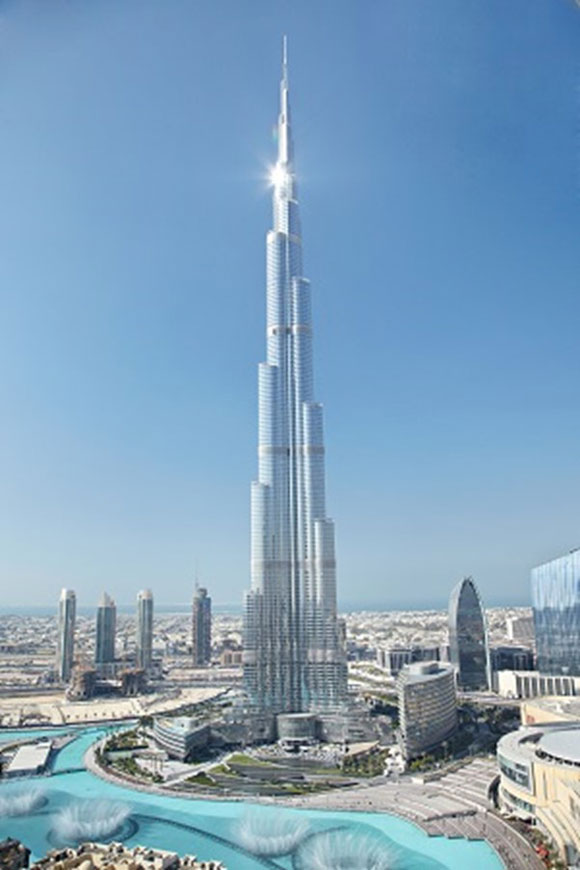Dubai is building a moon…
Yes, you read that right.
In an effort to make itself a global leader in ‘space tourism’, it’s launching what will be the region’s biggest ever tourist project.
Dubai’s giant moon will cost 18 billion dirham.
It will contain spas, restaurants, nightclubs, luxury residences, a moon shuttle, and training services for various space agencies worldwide.
Take a look at the mock up.
I’m not sure I’d want it in my backyard, but you can’t deny it’s impressive!
|
|
| Source: economictimes.indiantimes.com |
Of course, Dubai doesn’t do anything by halves.
Free trade, low taxes, and zero income tax attract businesses and populations from around the world…
As such, Dubai has the world’s highest international passenger flow.
When it was founded in the 18th century, it was little more than a fishing village surrounded by desert.
Now, it’s an economic powerhouse.
It boasts a mega city of enormous skyscrapers, ports, beaches, shopping malls with mammoth aquariums, and indoor ski slopes…
If you’ve ever visited Dubai, you’ll know it does luxury like nowhere else on Earth. Big business sits alongside sun-seeking tourism.
Visitors queue for hours — often booking days in advance — to visit enormous structures with state-of-the-art facilities and elaborate research centres.
These construction projects don’t come without an environmental cost, of course.
You may not be aware that every house, skyscraper, glass building, bridge, road, airport, pavement, tunnel, etc., constructed there uses vast quantities of sand!
Largely in the form of concrete.
An average house uses an estimated 200 tonnes of sand.
A hospital: 3,000 tonnes.
Each kilometre of a highway: 30,000 tonnes.
And a large structure, such as a power plant, around 12 million tonnes.
And whilst Dubai is surrounded by desert, its sand cannot be used for construction.
It’s too wind-beaten and rounded.
Only a certain type of sand can be used for construction.
That’s silica sand!
It’s sourced from beaches, seabeds, and riverbeds — causing massive environmental damage globally.
There’s a massive black market for it, with small beaches sometimes disappearing overnight due to illegal dredging.
Silica sand is also used liberally in an abundance of things you may not be aware of.
Glass, cosmetics, car lights and parts, telephone screens, toothpaste, wine, cleaning products, dehydrated foods, hairspray, computers, mobile phones, electric chips, airplanes, shale gas fracking, all plastics (including bags etc.), playgrounds, sporting grounds, solar panels, wind farms, paint, automobile parts…and the production of vaccines.
The reason I mention it is because you may also not be aware that 45,700 tonnes of sand from Australia went into the construction of the world’s tallest building in Dubai.
I’m talking about the Burj Khalifa.
Here it is:
|
|
| Source: burjkhalifa.ae |
This magnificent structure was built riding into the top of the last property cycle, opening in 2009.
As such, it took its place in a historical timeline phenomenon known as the ‘Skyscraper Curse’.
Let me briefly update new subscribers that may not have heard of this term before.
Mega-tall structures tend to get approved at a point in the cycle where there’s a lot of easy money sloshing around, and times feel good — always in the upswing.
However, they’re rarely economically viable.
Due to the lag time it takes for planning and construction (five years plus), they invariably open in the recession (mid-cycle or end of cycle).
In fact, this pattern is so solid that it can be used to time the recessions in the cycle!
William Mitchell (Dean of the School of Architecture and Planning at the Massachusetts Institute of Technology) hammered the point home in his 2005 publication Placing Words: Symbols, Space, and the City:
‘…floor and wind loads, people, water, and supplies must be transferred to and from the ground.
‘So, the higher you go, the more of the floor area must be occupied by structural supports, elevators, and service ducts.
‘At some point it becomes uneconomical to add additional floors.
‘The diminishing increment of useable floor area, does not justify the additional cost.
‘I suspect you would find that going for the title of “tallest” is a pretty good indicator of CEO and corporate hubris.’
Hubris indeed, like a modern-day tale of the Tower of Babel.
In a later publication, Practical Speculation, that mentioned the skyscraper curse, Mitchell gave the following advice regarding the timing of the tallest buildings in the world:
‘I would look not only at “tallest in the world,” but also more locally tallest in the nation, the state, or the city.
‘And I’d also watch out for conspicuously tall buildings in locations where the densities and land values do not justify it.’
Mitchell’s warning to look for the ‘tallest’ building is not to be taken lightly.
We used it as a local indicator to forewarn subscribers of Cycles, Trends & Forecasts of the 2020 COVID recession when Australia’s last tallest building (Australia 108) opened at the end of 2019.
And a look back at history shows precisely why we give so much attention to skyscrapers and their construction timelines:
- The New York Tribune Building, for example, is one of the world’s first skyscrapers, boasting to be the highest building in Manhattan at the time — opened in 1874 and coincided with the 1873 financial crisis in both Europe and North America.
- The Manhattan Building in Chicago, Illinois, and the Pulitzer Building in New York — boasting the titles of the world’s tallest buildings at the time — opened between 1890 and 1891, and coincided with one of the worst economic depressions of that time (particularly in Australia).
- The Singer Building and the Metropolitan Life Insurance Company Tower in New York — boasting the titles of the world’s tallest buildings at the time — opened in 1908 and 1909, respectively, and coincided with the Panic of 1907 (also known as the Knickerbocker Crisis).
- The World Trade Center in New York — boasting the title of the tallest twin towers in the world — opened in 1973 and coincided with the 1973–75 economic recession.
- The Sears (or Willis) Tower, boasting the title of the world’s tallest building at the time, opened in May 1973, coinciding once again with the 1973–75 recession.
- The Petronas Towers in Malaysia — surpassing the World Trade Center as the tallest twin towers in the world — opened their doors to tenants in 1997, coinciding with the Asian financial crisis.
- Taipei 101 in China was the first to exceed half a kilometre, boasting the title of the world’s tallest building and opened in the early 2000s, coinciding with the dotcom bubble and bust.
- And the Burj Khalifa in Dubai — the current tallest building in the world as mentioned above — opened in 2009, coinciding with the subprime crisis which was (to date) the worst global synchronised economic disaster and property bust globally.
You get the idea…
It’s been suggested by a few that tall, skinny skyscrapers have had their day.
However, even if this is the case, it’s not stopping the curse from playing out.
Guess when Dubai’s mammoth imitation moon is set to open?
Yup, you got it.
Right at the end of this current cycle in 2027!
The date, as per the cycle, heralds a worldwide recession into 2028.
The lead up gives the possibility of war (as discussed further in my interviews with Economist Fred Harrison and Global Forecaster David Murrin).
There will be opportunities that come out of the recession for companies developing the technology that will transport us into the future.
Let’s see if Dubai will achieve its plans.
We’ll be watching closely, and we’ll have more advice in Cycles, Trends & Forecasts on how you should invest to hedge against it as the time approaches. If you want to stay up to date with that, consider signing up here!
Best Wishes,
 |
Catherine Cashmore,
Editor, Land Cycle Investor



